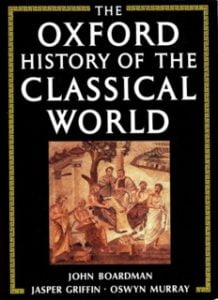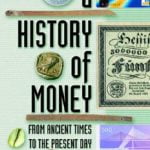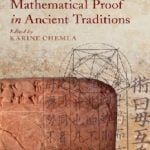The Oxford History Of The Classical World
The Oxford History Of The Classical World has to be one of the best all-in-one History books dealing with Roman and Greek periods that I have ever had the privilege of scanning. Due to its enormous size (approx 882 + pages with more pictures than I care to count) all of which had to be scanned one page at a time (pictures scanned separately); there will be no text or PDF version.

The Oxford History Of The Classical World
Acknowledgments
The editors wish to express their thanks to the many institutions and individuals named in the List of Illustrations for the provision of photographs and drawings, permission to use them, and to Philippa Lewis who did the picture research. A special debt of gratitude is owed to Roger Ling who undertook the main responsibility for the choice of illustrations and the writing of captions from Chapter 13 onwards.
The pictures and captions of earlier chapters were chosen and written by John Boardman. Oswyn Murray compiled the Chronological Charts. The index was compiled by Peter Tickler. Many members of the Press have devoted their skills to the creation of this volume, but our principal debt must be to the authors for their patient cooperation.
Introduction
The subject of this book is enormous. In the time it covers a period of well over a thousand years, from the poems of Homer to the end of pagan religion and the fall of the Roman Empire in the West. In geographical extension it begins in Greece with small communities emerging from a dark age of conquest and destruction, and with Bronze Age villages on the hills of Rome; it ends with an Empire which unified the Mediterranean world and a great deal besides, from Northumberland to Algeria, from Portugal to Syria, from the Rhine to the Nile.
The fall of Rome was further removed in time from Homer than we are from the Norman Conquest; as for political scale, the Roman Empire comprised the whole or part of the territory of what are now thirty sovereign states, and it was not until 1870 that Italy, for instance, achieved again the unity which Rome had imposed before the birth of Christ.
That world is given the title ‘classical’. The word carries the implication that the works of art and literature produced in Graeco-Roman antiquity possess an absolute value, that they form the standard by which all others are to be judged. In the Renaissance and even after it that was indeed what many people thought; Swift’s Battle of the Books expresses the idea with wit and brilliance, and in painting such works as Raphael’s Parnassus in the Vatican, showing Apollo and the Muses with the great poets of Greece and Rome, or the ineffably academic Apotheosis of Homer by Ingres, give it visual form.
The time is past when it could make sense to think of the ancient world as passing judgment on its successors. On the one hand, the technical advances of the last five generations have transformed life in too many respects for such a comparison to make sense; on the other, interest in other early cultures outside the classical framework has shown that Greece and Rome were less unique than our ancestors supposed.
Disclaimer:- Dev Library is not the owner of the books and neither does it create books. We just provide the links to the book for the rural and poor students who can’t afford to buy books. Those E-Books and PDFs are already available on the internet. For any reason, if someone thinks that I’m violating any laws or if anyone has any issues regarding this, please feel free to Contact Us.

Hi, I’m Dev Kirtonia, Founder & CEO of Dev Library. A website that provides all SCERT, NCERT 3 to 12, and BA, B.com, B.Sc, and Computer Science with Post Graduate Notes & Suggestions, Novel, eBooks, Biography, Quotes, Study Materials, and more.









